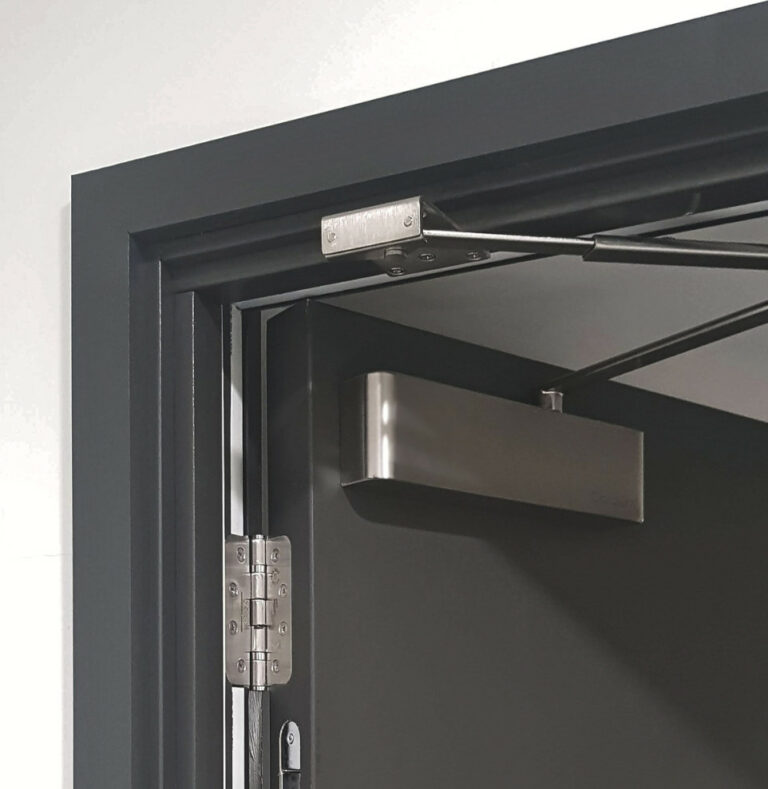The UK manufacturing sector saw a further solid increase in production volumes at the end of the third quarter.
Output and new orders both continued to rise, as the domestic market remained the main propeller of growth. There were signs of a wait-and-see approach entering decision-making, however, with the forthcoming Autumn Statement in particular leading to slower gains in both production and new business and a dip in future expectations to a nine-month low.
The seasonally adjusted S&P Global UK Manufacturing Purchasing Managers’ Index (PMI) posted 51.5 in September, down from August's 26-month high of 52.5 and unchanged from the earlier flash estimate.

The PMI has remained above the neutral 50.0 mark for five successive months. Three out of the five PMI sub-components – output, new orders and suppliers' delivery times – were at levels consistent with improved manufacturing operating conditions. In contrast, levels of employment and stocks of purchases both declined, as manufacturers looked to mitigate rising input costs by reducing expenditures in other areas.
Manufacturing production rose for the fifth consecutive month in September, as companies responded to improved intakes of new work. The main drivers of the latest expansion were the consumer and intermediate goods sectors, both of which registered stronger increases in output and new business. In a reversal of fortunes, the investment goods sector (which had been the best performing sub-industry in recent months) slipped back into contraction, with production and new work inflows contracting for the first time in five months. September data signalled a further decrease in incoming new export business, the thirty-second in as many months.
UK manufacturers reported that subdued market conditions in Europe were the main factor weighing on overseas demand, with France and Germany the principal concerns. Lower demand from US clients was also cited. There were signs of rising uncertainty at manufacturers and their clients impacting on a number of variables in September.
Along with the mildly slower rises in new orders and output compared to August, there was also a sharp easing in the level of confidence regarding future production trends. Cuts to employment, purchasing activity and stocks at manufacturers also pointed to rising cost-caution.
Business optimism subsequently dropped to a nine-month low in September. Moreover, the month-on-month decline in the Future Output Index from the survey (7.5 points) was the second-steepest on record, beaten only by that registered in March 2020 (13.1 points). There were reports that uncertainty relating to possible changes in government policy (largely centring around October's Autumn Budget) and subdued global market conditions were weighing on UK manufacturers' outlook for the coming 12 months.
On the plus side, half of those surveyed (50%, down from over 60% in August) still expect output to rise over the coming year, citing new projects, marketing efforts and planned new product launches as reasons to remain optimistic. Manufacturing employment declined in September, following back-to-back increases in the prior two months. Lower staffing reflected cost reduction initiatives and a more cautious approach from companies amid rising uncertainty about the likely future path for demand.
Purchasing activity was also cut back further as a result. September saw average input prices rise at the quickest pace since January 2023. A wide range of materials were still reported as up in price, many of which as a result of increased freight prices. Part of this was due to the re-routing of supply chains away from the Red Sea, which also led to a lengthening of lead times from suppliers for the ninth month in a row. Higher costs were passed on to some clients in the form of increased selling prices.
Rob Dobson, Director at S&P Global Market Intelligence “The UK manufacturing sector is still expanding at a solid, albeit slightly slower, pace. Output rose for the fifth successive month in September, underpinned by a resilient domestic market.
“However, manufacturers have become more nervous about the outlook, suggesting that the current spell of impressive growth is fading, with business optimism about the year-ahead slumping to a nine-month low. The extent of the drop in confidence was striking, beaten only by that seen in March 2020 prior to COVID lockdowns. Uncertainty about the direction of government policy ahead of the coming Autumn Budget was a clear cause of the loss of confidence, especially given recent gloomy messaging, though firms are also worried about wider global geopolitical issues and economic growth risks.
“Price pressures are also becoming a more prominent feature of the survey and a reminder that the inflation genie is not yet back in the bottle. Input cost inflation accelerated to a 20-month high, leading manufacturers to further push up their selling prices. Freight cost rises are a big factor underlying the resurgence in the price measures, as supply chains continue to feel the strain of the Red Sea crisis and global conflicts.”




















